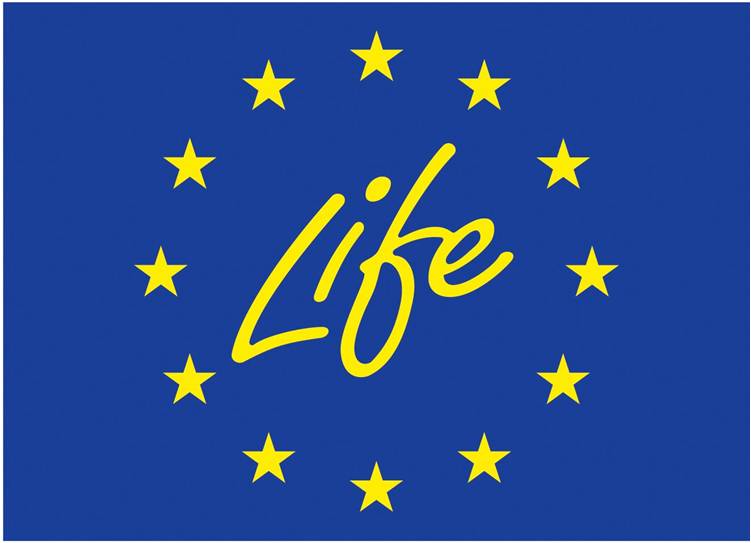Background
Nowaday about 50% of fishing products which are consumed in the world come from aquaculture, according to FAO datum in 2010. This percentage is gradually increasing. FAO claims aquaculture will grow its production 20 times more to middle of XXI century because of population increase which will become 9.200 million of people, which is expected on 2050. This situation will be aggravated in combination with climate change which will produce several alterations on traditional production models.

Many of aquaculture installations in Europe do not present red electric connection so energetic production is usually realized by fossil combustible on inefficient and contaminant electron groups.
Depending on aquaculture installation, we can find a reach variability of energetic consumption. Many of them could be avoided by a correct activity planning (For example, taking advantage sea tides or gravity strength to favour water propel in different tanks) or reduced by removable techniques and more efficient technologies.
Aquatic activity in areas such as Andalucia, especially the developed land known as "crops in estero", takes place in natural areas of special protection, listed most of them as SCI and ZEPA.

This Background act makes that activity in these enclaves should be increasingly more efficient and ensure that the impact be reduced to minimum.
Efficient aquaculture in estuaries can influence positively in natural conservation areas in which takes place, because of the development of the activity in old saline and flood spaces of the community are used. Efficient aquaculture in these enclaves also benefits the maintenance of biodiversity, since it keeps flooded spaces that no development activity would be lost, this also causes a large number of species of birds nest in the vicinity of the installations and that marsh flora remains and even extends in the places where the aquaculture activity is present.





